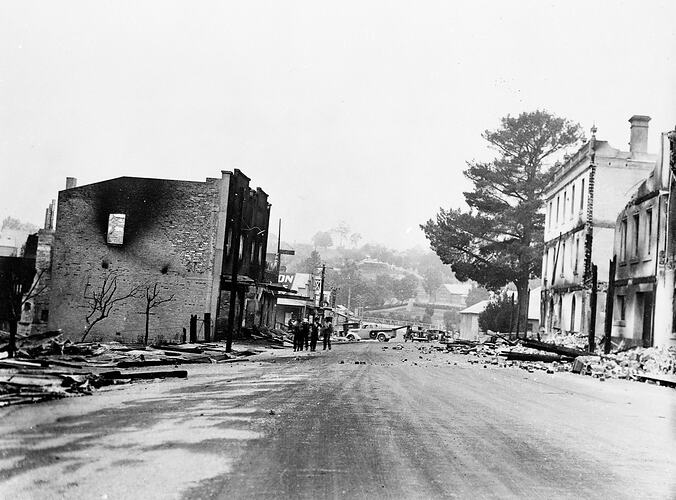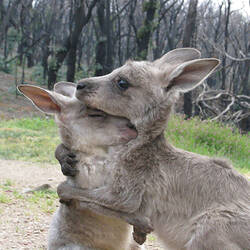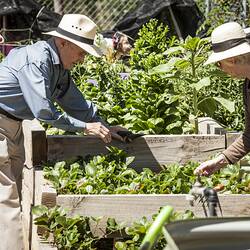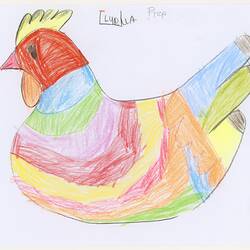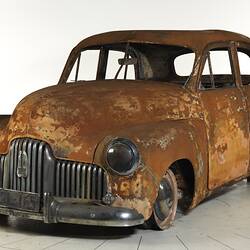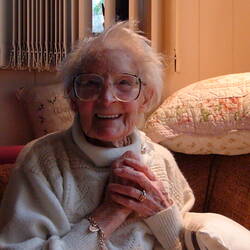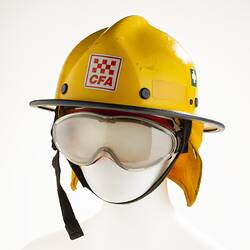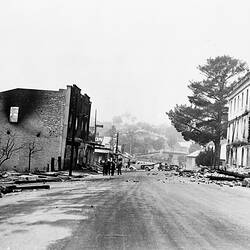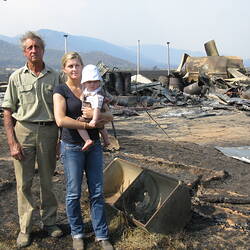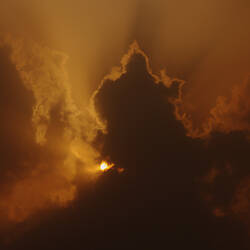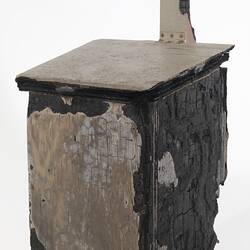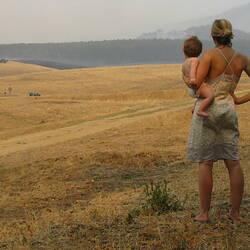Fire has always been a part of the Australian environment, shaping the landscape over millions of years. Australia's First Peoples have used fire to care for country for thousands of years. These fires encourage the growth of grasslands to enhance hunting, reduce levels of fuel and keep vegetation from becoming dense.
While bushfires occur every year in Victoria, some have a devastating impact on communities and landscapes. The most significant of these recorded bushfires have been named after the day of the week in which they occurred; for example: Black Thursday 1851, Black Monday 1865, Black Sunday 1926, Red Tuesday 1898, Black Friday 1939, Ash Wednesday 1983 - and Black Saturday 2009.
Bushfires threaten life and property but also regenerate Victoria's eucalyptus forests. They are a natural and essential feature of our ecosystem. The fire-dependent eucalypt forests of Victoria, together with drier and more extreme weather conditions, make this the one of the most fire-prone places on earth.
As climate is becoming more variable and more people are living closer to bushland, fire will continue to impact our lives and shape our history.
In February 2009 Victoria experienced the most deadly bushfires in Australia's recorded history. The fires reached their peak on Black Saturday, 7 February, and took an unprecedented toll: 173 people lost their lives and many more were injured.
In the weeks immediately following Black Saturday Museums Victoria established the Victorian Bushfires Collection to preserve and document the impact of the 2009 bushfires, the community response, the aftermath and the process of recovery and renewal.
'From the Heart: Remembering the 2009 Victorian Bushfires' was a program located in the temporary exhibition space on the upper west side of Melbourne Museum, from 5 February to 12 May 2019. The program was a partnership between the Department of Environment, Land, Water and Planning (DELWP) and Museums Victoria.
More Information
-
Keywords
-
Localities
-
Authors
-
Article types
